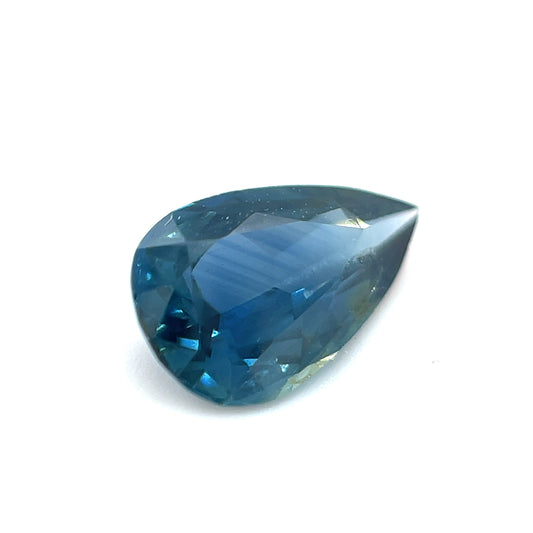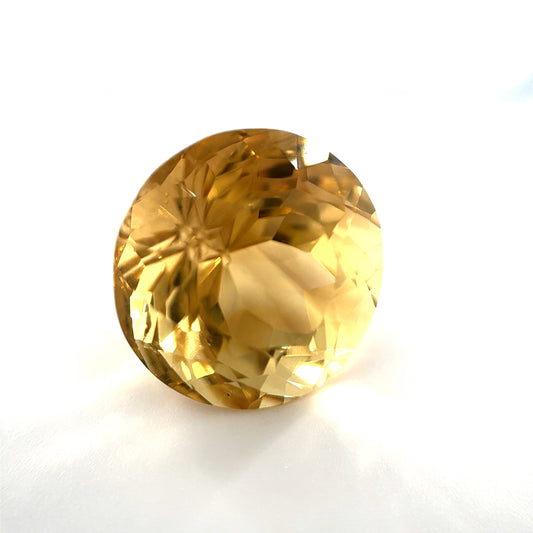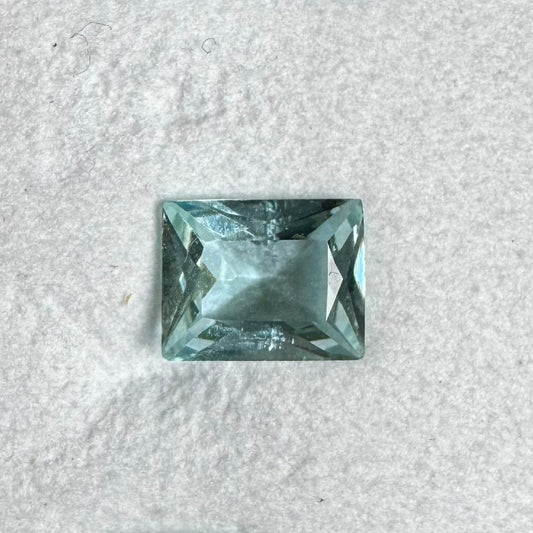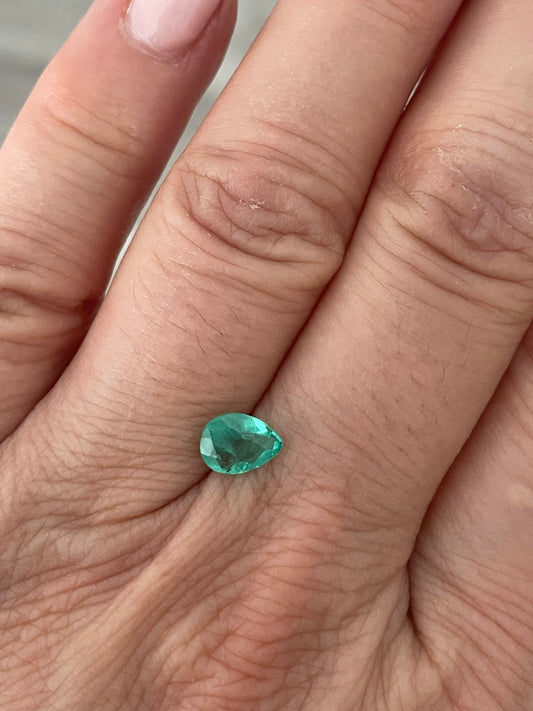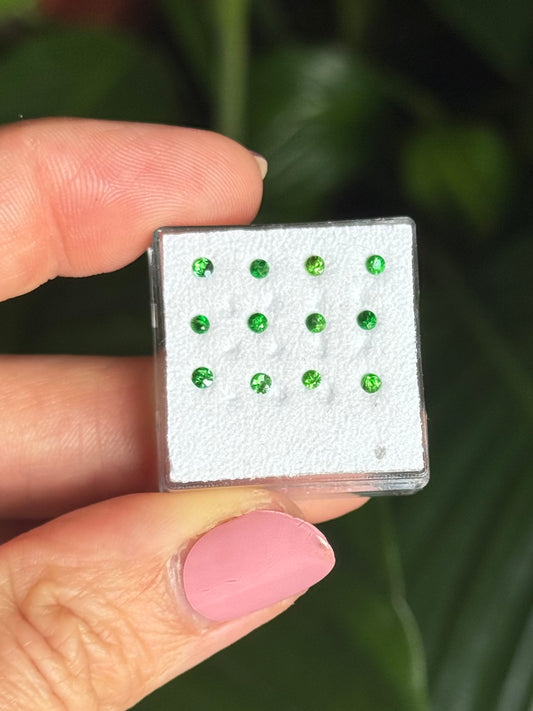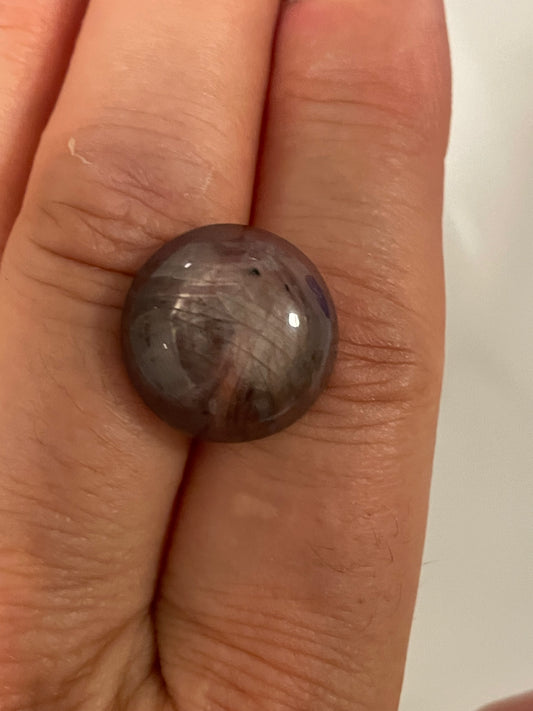With gemstones, it is often difficult to get information about where and under what conditions they were mined or cut.
One of the reasons for this is that the gemstone supply chain consists of many intermediaries, where the stones mix and pass through numerous hands. Tracking individual stones is next to impossible.
It is no longer comprehensible for end customers, but also for jewellery designers and goldsmiths, whether forced labour, child labour, armed conflicts or environmental pollution are being supported with the purchase of a gemstone. And with gemstones, too, it is unfortunately the case that the raw materials are mostly obtained in the countries of origin, but the majority of the profits are then distributed outside these countries.
From our point of view, it is high time not only to question the supply chain of gemstones, but to fundamentally approach it differently. Which path MIADANA has chosen and how we can all use our power to change something... find out in the following article.
The conventional gemstone supply chain
As you have already learned, the gemstone supply chain conventionally consists of an incredible number of intermediaries. The country of origin is only represented in the first two steps, after which the gemstone embarks on a long international journey with many stopovers.
In the first step after exploration, local traders acquire the raw gemstones from different mines. The gemstones are already mixed here with those from other mines. From the local dealers, the stones are in turn sold to various international dealers.
They are cut in international cutting shops and thus mix with stones from other countries of origin. In a further intermediate step, the gemstones then come from international traders to large trading centres such as Hong Kong, Singapore or Bangkok. The stones are then offered at numerous trade fairs, for example in Tokyo, Tucson, Munich, Geneva, Idar-Oberstein or Las Vegas. Here either new intermediaries are added or the gemstones are bought by jewellery manufacturers and jewellery design companies.
Apart from the fact that the gemstones pass through countless hands in the conventional supply chain and that at some point the information on origin and mining is simply no longer traceable, there are other problems that we believe must be questioned.
This includes, for example, the fact that people and nature are exploited through conventional mining. Deprivation of rights often leads to illegal activities and a lack of transparency as well as accountability. In addition, the rights of the local population are still being ignored due to colonialist and elitist exclusion and the supposedly “stronger” usurp the decision-making process. This makes it impossible to build a functioning and fair local economy.
The transparent supply chain at MIADANA
With MIADANA, we have set ourselves the goal of thinning out these non-transparent and complex supply chains and making them significantly more transparent. We also want to strengthen the local economy and ensure that a larger part of the value chain remains in the country. We pay fair prices – already beginning in the mines.
Our gemstones go through a transparent and traceable supply chain in just three steps.
The gemstones are mined in our mines or partner mines and then come to the local cutters. Here we differ from the conventional way in that our gemstones are cut directly in Madagascar. The last step in our supply chain is the expertise in Germany and direct sales to goldsmiths and jewellery manufacturers by Alina.
When arriving at the jewellery dealers, the price of our fairly mined gemstones is relatively the same as that of conventionally mined and sold stones. Thanks to our lean supply chain, however, a significantly higher part of the value chain remains in the country of origin.

Our vision:
- We don't see our own supply chain as revolutionary, we take it for granted
- We firmly believe that it is possible to extract raw materials in a way that is non-exploiting and protects both the environment and people.
- We are convinced that radical transparency can become a matter of course.
We believe that respectful cooperation between all those involved is possible and that fairness can be represented at all levels of the supply chain.
- We are convinced that acting responsibly will become the norm and will not remain the exception.
The example of MIADANA shows that another way is possible. It's up to all of us to embrace it. We have the power to influence how gems are traded. We have the opportunity to question the conventional way.
Let's question where a supply chain can be traced back to, and only buy where there is transparency back to the mine and back to the quarry.
Every step, every request, is a contribution to improving the system. This forces retailers to rethink and improve their supply chains.







